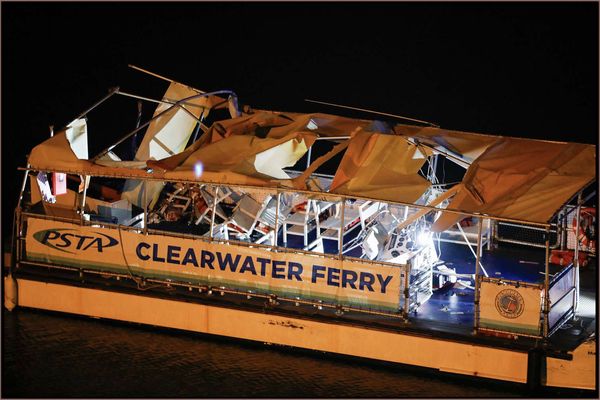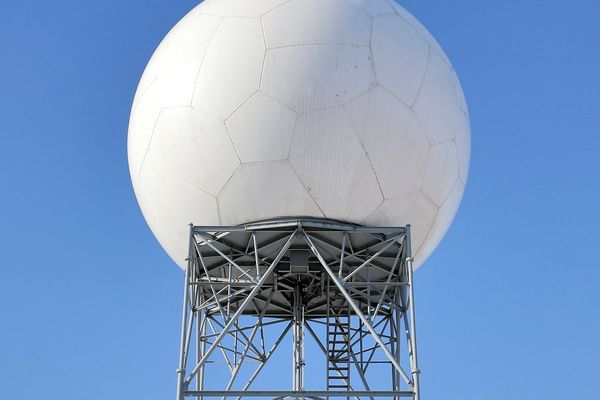A CONSERVATION charity has been accused of breaching animal welfare standards after an injured deer was found on a shooting estate that neighbours their property.
The Scottish Gamekeepers Association (SGA) has claimed that an out-of-season deer cull being undertaken by the John Muir Trust (JMT) in Assynt, Sutherland led to an incident involving an improperly shot stag.
The SGA allege that the deer was first spotted heading away from the JMT’s property on Quinag, where the NatureScot-approved deer cull is taking place.
Photographs appear to show that the deer was shot in the mouth.
A gamekeeper at Ardvar estate, which neighbours the Quinag property, claims to have stalked the stag for five days before shooting it.
Michael Ross, who is a member of SGA, said: “After I shot it, I didn’t go to the press, I documented what had happened and I emailed John Muir Trust directly, copying in NatureScot and the Deer Management Group representative.
“We are a quiet community, here. People understand deer management. No one is saying mistakes won’t ever be made but it is a fundamental of best practice and welfare that, if a deer is wounded, you alert your neighbours and follow that animal until it is humanely despatched.
“No one from here wounded that deer. There are no reports of poaching locally. John Muir Trust is the only body around this area with a licence to be shooting deer out of season and at night at this time of the year.”
In response the allegations the JMT issued a statement.
“The John Muir Trust was alerted by the Ardvar Estate stalker on January 21 2023 to a wounded stag dispatched on Ardvar Estate.
“Ardvar Estate neighbours the trust's Quinag site to the west.
“The email we received stated that on the January 16 2023 a ‘member of the public’ reported a wounded stag on Ardvar estate. It is claimed that the ‘member of the public’ believed the wounded stag came from Quinag, yet the trust was only notified after the animal had been dispatched on January 21 2023.
“The email further states that a collective of people ‘believe’ that the stag was wounded on trust property. The trust is unaware of any evidence to this effect.
“As soon as we were notified, we spoke to staff and contractors working for the Trust who confirmed that this animal was not injured by them.
“We also immediately notified the police and asked they investigate the wounding of the animal. We also alerted them to the wider deer management issues, recent comments made to staff and the persistent and odd behaviour of vehicles in the close proximity to our staff involved in routine deer management."
It added: “This is a deeply distressing incident with many unanswered questions complicated by misinformation and factual inaccuracies.
“The John Muir Trust contacted the police as soon as we received the email from Ardvar Estate, as the wounded deer was not a result of any culling on our land and there was an accusation made without evidence. We sincerely hope that the police get to the bottom of this incident as soon as possible.”
It comes just weeks after the SGA said that the deer cull was “malicious” and would have a “direct, long lasting and detrimental effect” on neighbouring properties who rely on deer to make an income from stalking.
The JMT is undertaking the cull in order to protect some of the “last remaining fragments of Scotland’s Atlantic rain forest” which are highly vulnerable to predation or damage by deer.
Indeed, the charity recently withdrew from the Assynt Peninsula Deer Management Sub Group due to a lack of progress being made to protect the area’s woodlands.
Estimates suggest that there are more than 1 million deer in Scotland.
With no natural predators other than humans the animals pose serious threats to the regeneration of native woodlands.
As such, culls have become a necessary part of conservation efforts and are routinely supported by the Scottish Government.
A crofters' group recently threatened to “buy-out” the JMT’s property on Quinag because they disagree with the way that deer are being managed on the property and claim it causes harm to the “environmental wellbeing” of the community.







